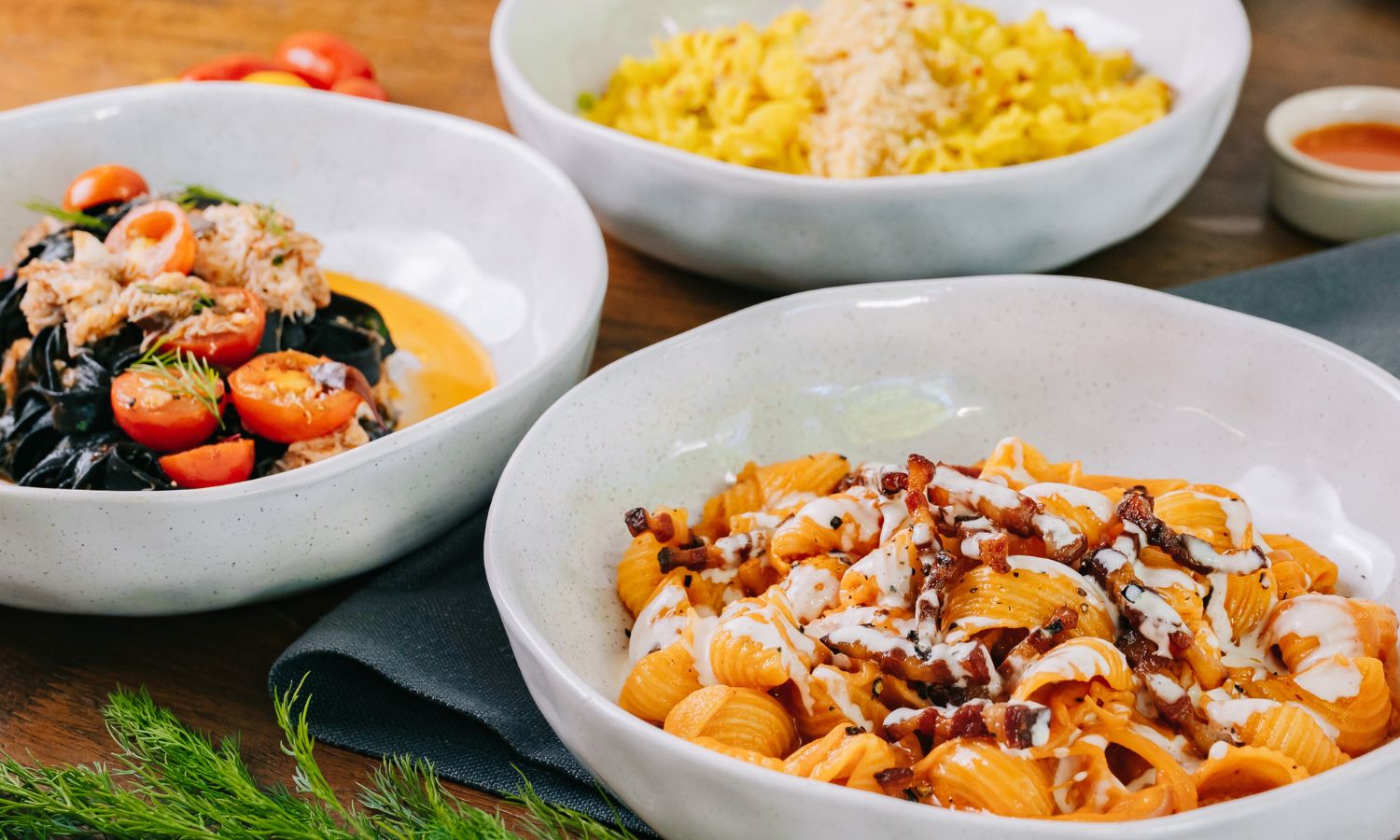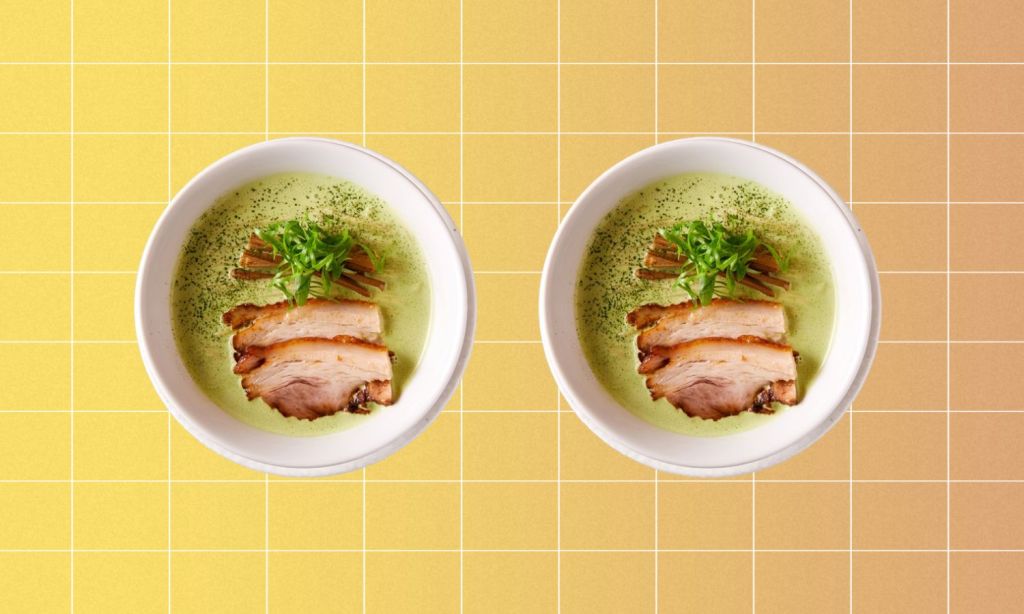Chef Toby Wilson recently shared what he’d like to see in Australia’s Mexican dining scene: venues doing just one type of food. In Mexico, he said, many taco restaurants sell just one type of taco.
“That’s where I see the room [for Australia’s Mexican dining scene] to grow and for people to get good at a single thing instead of the jack of all trades we’ve had traditionally,” he says.
It got me thinking: would hyperfocused menus work in Australia? Would diners want to frequent restaurants that offer barely any choice (though what they do, they do well)? And would restaurant owners want to take the risk of opening such a venue?
First let’s be clear on the definition of a hyperfocused menu. American restaurant coach Monte Silva defines it as: “A smaller menu that focuses on brand and execution”. He describes it as the opposite of The Cheesecake Factory, a chain restaurant in the US with a 10-page menu of dishes including burgers, seafood, meats, pizzas, pasta and salads.
The Appeal of Hyperfocused Menu Restaurants
Indra Wong, CEO of Mensho Tokyo, which has global locations including Sydney and Melbourne, says hyperfocused menus let restaurants concentrate on perfecting a specific type of dish or cuisine. In Mensho’s case, that dish is ramen. When I recently visited the Sydney location the menu had just six different ramen dishes with only one vegetarian.
“This specialisation makes it easy for customers to understand and remember the brand, fostering a loyal following and setting us apart in a crowded market,” says Wong. “Our success highlights how mastering a niche can foster repeat business and strong word-of-mouth recommendations.”

Italian restaurant Giuls in Sydney’s Surry Hills serves only pasta mains and no pizza, though it also has antipasti, starters, sides and desserts. Owner Giulia Treuner agrees that hyperfocused menus let chefs specialise in a dish or cuisine.
“Customers know exactly what to expect and the restaurant becomes known for excelling in a particular niche,” she says. “Operationally it’s also a lot easier to manage a kitchen while ensuring the highest quality.”
Restaurant coach Silva summarises the primary benefits of a hyperfocused menu as efficiency, loyalty, profitability and brand consistency.
The Downsides to Hyperfocused Menus
One of the biggest downsides of hyperfocused menus is their lack of choice. As Wong puts it: “They can alienate potential customers who aren’t interested in the specific type of cuisine or dish offered”. She says even those who like ramen might be deterred from Mensho by its lack of options.
“You also risk the customers you already have getting bored,” says Treuner. “There are also seasonality constraints in terms of ingredient supply.”
With a lack of ingredients in their kitchens and the chefs trained to focus on cooking only a few dishes, hyperfocused menu restaurants may also not easily be able to cater to dietaries.
This could be an issue considering research in 2018 found that 2.5 million Australians reported eating all or an almost entirely vegetarian diet. In 2013, other research found that 4.1 million Australians have at least one allergy.
Finally another downside I see is that if the restaurant relies too heavily on few dishes, it could become vulnerable to changing trends and customer preferences. I remember when burgers with fried mac ‘n cheese patties were all the rage on social media. Now I rarely see them.
It’s also worth noting that certain cuisines lend themselves better to hyperfocused menus than others. Some cuisines focus on specific ingredients or techniques so can easily be fitted into a hyperfocused restaurant concept.
For example, Japanese cuisine emphasises single dishes or ingredients, like sushi or ramen. Similarly, Italian places emphasis on pizzas and pasta with regional variations. In contrast, cuisines with a broader range of dishes and influences could be trickier to narrow into a hyperfocused concept.
Would Hyperfocused Menu Restaurants Work in Australia?
So would hyperfocused menu restaurants work in Australia? While Treunder says she’d love to see more of them, it might not happen soon. She and Wong point out that Australians love variety, one of the reasons being that we’re multicultural. We’re accustomed to exploring different cuisines and flavours.
“It’s high risk as you’re putting all your efforts into one area, hoping it will appeal to everyone,” Treuner says.
Wong says Australia’s competitive landscape encourages restaurants to offer a broader range of dishes to attract a wider customer base. Australian restauranteurs might be cautious about committing to a narrow focus, especially given the economic pressures of the hospitality industry.
That said, diners could drive the demand for hyperfocused restaurants by better understanding their appeal. Wong says it’s that they let diners explore niche cuisines or dishes with greater depth and authenticity.
“Hyperfocused restaurants can drive culinary innovation and elevate dining standards,” she says. “By concentrating on specific dishes or ingredients, establishments can push the boundaries of creativity and quality.”
Treuner puts it: “I love seeing the innovations within a niche when a venue focuses all its energy into mastering one thing.”
Related: Tastemakers: Toby Wilson on Sydney’s Best Tacos — Other Than Ricos’
Related: The Flavourful Mexican Dish Taking Australia By Storm
Read more stories from The Latch and subscribe to our email newsletter.

